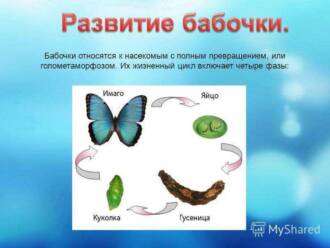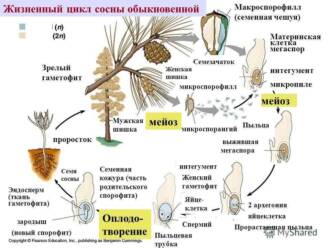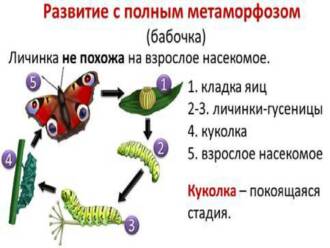
Butterflies are some of the most amazing creatures that live on our planet. They go through incredible transformations during their life cycle, undergoing amazing adaptations at each stage. From egg to caterpillar, from chrysalis to adult butterfly, each stage of the butterfly’s life cycle has its own characteristics and survival strategies.
During the first stage of the butterfly's life cycle, when it is in the form of an egg, it has a protective covering that protects it from predators. Some butterflies lay their eggs on plants that release toxic substances to protect their offspring from enemies.
When the egg hatches, a caterpillar emerges from it. Caterpillars have special jaws for eating plant foods. They also have unique defense mechanisms, such as special hairs that can release toxic substances or cause an allergic reaction in predators. These adaptations help the caterpillars survive and develop during this stage of their life.
When the caterpillar reaches a certain size and completes its growth, it turns into a chrysalis. In this state, the butterfly is inside a protective case where it is transformed. Interestingly, the chrysalis can take on various shapes and colors, depending on the type of butterfly and its environment. This allows the butterflies to merge with the environment as much as possible and hide from predators.
Butterflies' adaptations at each stage of their life cycle are amazing examples of evolutionary development. They help these gentle creatures survive in many different environments and adapt to changing environments. Studying these adaptations helps us better understand the unique survival strategies of butterflies and nature in general.
Butterflies: Unusual Survival Strategies
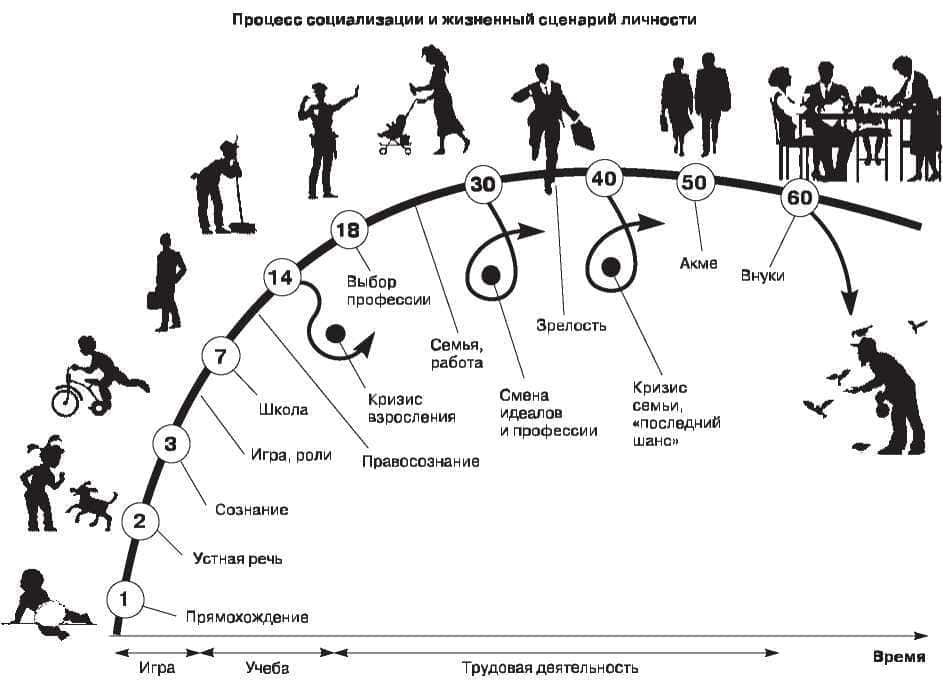
Butterflies are incredibly beautiful and graceful creatures that attract attention with their bright colors and easy flight. But behind this beauty are hidden unusual survival strategies that allow them to overcome all the difficulties of life.
Early stages of the life cycle

At the first stage of the life cycle of butterflies, they are in the form of eggs or larvae. This is where they develop unique adaptations that help them survive. Some butterflies lay their eggs on plants that will serve as food for their future offspring. This allows them to provide themselves with enough nutrients for further development.
Mature life cycle stages

When butterflies reach the mature stages of their life cycle, they have unique survival strategies. Some species have the ability of mimicry, that is, they can mimic the appearance of other creatures that are dangerous or unpleasant for predators. This allows them to avoid attacks and stay alive.
Other butterflies have bright and saturated colors that serve as a signal to predators. They report that these butterflies are loaded with poisonous substances and are dangerous to eat. Thus, predators avoid them and they can safely continue their lives.
Unique Survival Strategies
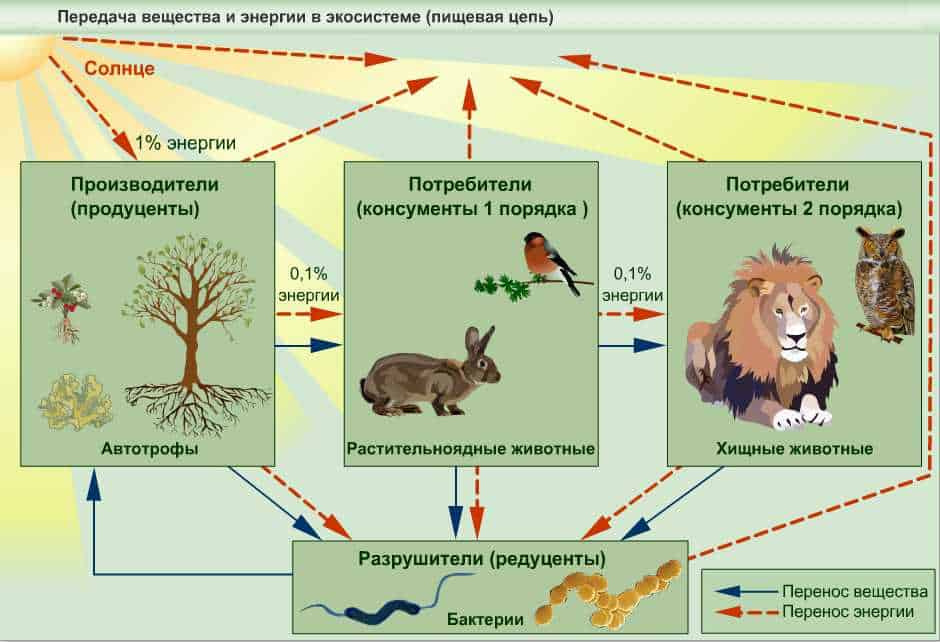
Butterflies also employ other unique survival strategies. Some species are able to fly long distances to find new food sources or suitable breeding grounds. Other butterflies may hide in the shade or among the leaves to avoid direct exposure to the sun and reduce the risk of dehydration.
Thus, butterflies have unusual survival strategies that allow them to overcome obstacles and maintain their beauty and grace.
Adaptations during the egg stage
The egg of a butterfly is the first stage of its life cycle. It is very vulnerable and needs protection from external influences. Butterflies have evolved a number of adaptations to ensure the survival of their eggs.
One adaptation is the shape of the egg. Depending on the type of butterfly, eggs can be of various shapes: round, oval, cylindrical, etc. The shape of the egg can be selected in such a way as to provide the most optimal conditions for the development of the embryo.
Another adaptation is the color of the egg. Butterfly eggs can have a different color: from white and transparent to bright and saturated shades. The color of the egg can match the environment and provide camouflage. For example, eggs laid on plant leaves may be green or brown in color to blend in with the surrounding greenery.
Butterfly eggs can also have a protective shell that prevents them from being damaged or drying out. The shell can be hard and strong, allowing the eggs to survive even under adverse conditions.
An important aspect of egg adaptation is its placement in the environment. Butterflies can lay their eggs on various objects: plant leaves, stems, branches, the ground, and even on other insects. Thus, they provide optimal conditions for the development of their descendants.
Adaptations during the egg stage allow butterflies to ensure the survival of their offspring and the continuation of their kind. They allow the eggs to survive in a variety of environmental conditions and provide optimal conditions for their development.
Caterpillar stage adaptations

Caterpillars, being the first stage of the life cycle of butterflies, have unique adaptations that allow them to survive and develop in various conditions.
One of the most notable adaptations of caterpillars is their coloration. Many species of caterpillars have bright colors that can serve as signals to predators that they are poisonous or have an unpleasant taste. Some caterpillars have camouflage coloration that helps them blend in with their surroundings and avoid danger.
In addition, caterpillars have special organs, such as bristles and spines, that serve as a defense against predators. The bristles can be venomous or irritating to enemies, and the spines can prevent attack and protect the caterpillar from being bitten or eaten.
Some caterpillars also have the ability to produce their own poisonous substances. These poisons can be used to scare away predators and prevent them from attacking. Some caterpillars may also use their poisons to defend their food or territory.
In addition, caterpillars have special mandibles that help them crush and chew food. Some species of caterpillars may be specialized for certain plants and have adaptations that allow them to digest and absorb the toxic compounds found in those plants.
Adaptations in the pupal stage
During the pupal stage, butterflies develop inside their protective cocoon or chrysalis. They vary in shape and color, which helps them camouflage themselves and defend themselves against predators. Some butterflies have cocoons that look like leaves or twigs, allowing them to blend in with their surroundings and trick enemies.
It is also during this stage that butterflies undergo metamorphosis, in which they undergo drastic changes in their internal and external structure. They lose their bulky legs and jaws, and instead develop beautiful wings and a nectar-sucking flagellum. This adaptation allows them to be more efficient in moving and feeding, which is an important survival factor in the next stages.
Additionally, the chrysalis has defense mechanisms to protect itself from predators. Some chrysalises have spines or thorns to ward off predators, while others produce poisonous substances that protect them from attack. These adaptations help the butterflies survive and move on to the next stage of their life cycle, the adult stage.
Adaptations in the pupal stage
During the pupal stage, butterflies develop inside their protective shell, which is called the chrysalis or chrysalis.
The pupa is able to provide protection to the butterfly from external influences such as cold, heat or moisture. Due to its hard structure, the chrysalis prevents the entry of pests and provides insulation from the environment.
In the process of development inside the chrysalis, butterflies undergo radical changes. They transform from a caterpillar into a fully formed butterfly. For this, inside the pupa there is a restructuring of all organs and tissues.
The pupa also provides the butterfly with the necessary conditions for the development of wings. During this period, the wings are formed and acquire their specific shape and color.
Adaptations during the pupal stage allow butterflies to use their time effectively in a protected state to go through all stages of development and prepare for departure into the outside world.
Adaptations in the pupal stage
The pupa is the second stage of the butterfly's life cycle and during this stage they also develop and adapt to their environment.
Protection from predators
At this stage, the pupa may have various defense mechanisms against predators. For example, some pupae may have special spikes or spine-like outgrowths on their bodies, making them unpalatable to potential predators.
Other pupae may have bright colors or specific patterns that serve as a signal to predators that they are poisonous or unsuitable for food.
Adaptation to the environment
The pupae can also adapt to their environment in order to provide themselves with optimal conditions for development. For example, some pupae may attach themselves to a suitable surface to be protected from wind and other adverse conditions.
In addition, some dolls can create unique "houses" from their own fibers or other materials to create a cozy and safe environment for themselves.
The process of metamorphosis
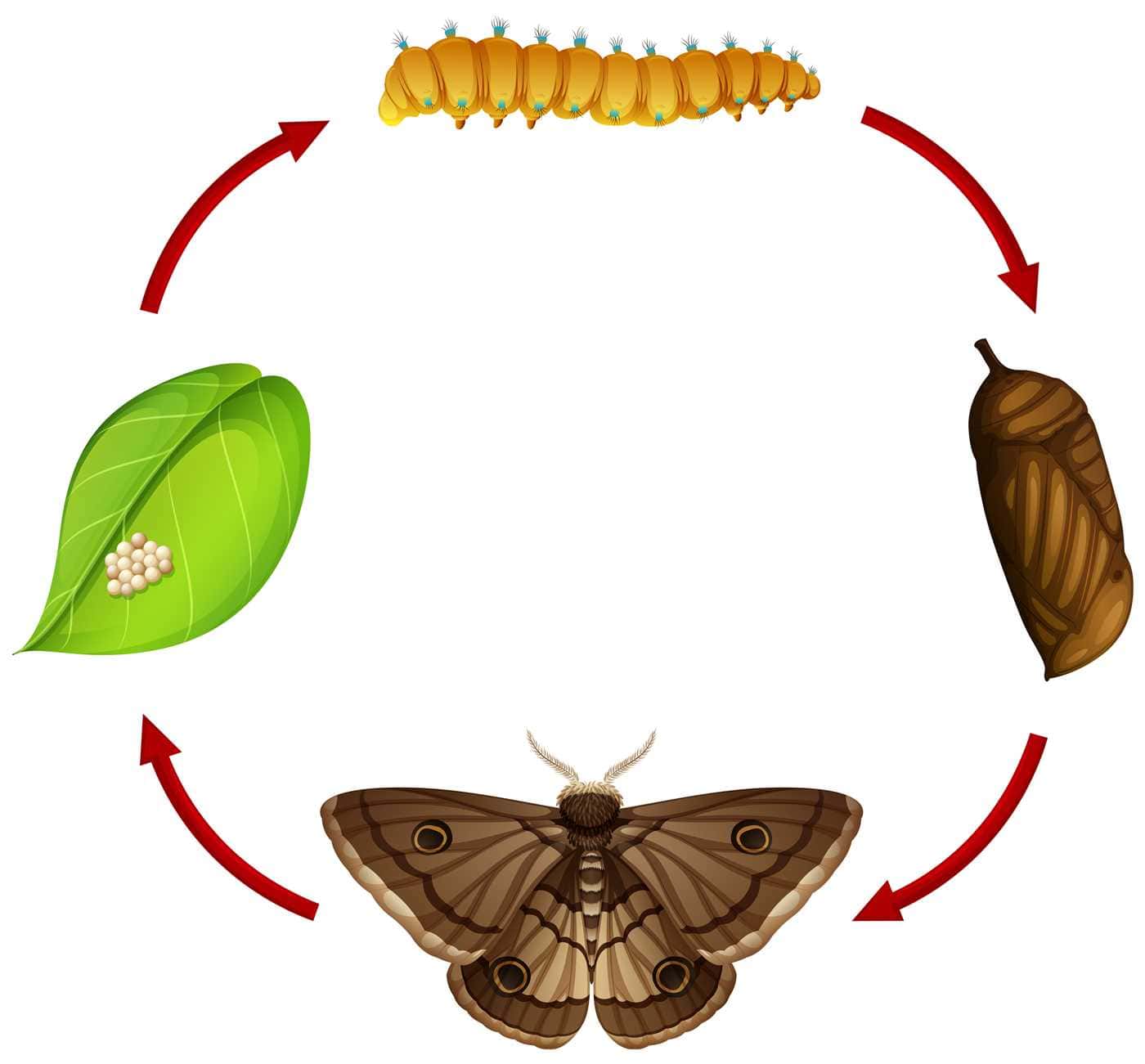
At the pupal stage, the process of metamorphosis occurs, as a result of which the butterfly undergoes significant changes. Inside the chrysalis, the growth and redistribution of organs takes place, which allows the butterfly to adapt to a new lifestyle after emerging from the chrysalis.
The chrysalis is a temporary stage in the life cycle of a butterfly, but at this stage they already show amazing adaptations that help them survive and successfully turn into a butterfly.
Adaptations at the imago stage

At the adult stage, butterflies develop into full-fledged adults capable of reproduction. Adults have many adaptations that help them survive in the environment and reproduce successfully.
Wings and their adaptations
The wings of adults are the main adaptive organ. They are light and strong structures that allow butterflies to fly long distances. The wings are decorated with colorful patterns that serve as signals to attract mates and warn off predators.
In addition, butterfly wings have a special structure that allows them to attach to vertical surfaces and even hang upside down. This is achieved thanks to special microscopic hairs on the surface of the wings, creating a “Velcro” effect. This adaptation allows butterflies to rest and protect themselves from predators.
Eating habits and adaptations
Butterfly imagoes have different feeding habits depending on the species. Some species feed on flower nectar, others on fruit juices, and some even feed on other insects or spiders.
Butterflies have various adaptations for obtaining food. For example, the long and flexible mouth apparatus allows adults to reach nectar in hard-to-reach places in flowers. Also, some species of butterflies have special organs on their legs that allow them to drink fruit juices or other liquids.
Read more:
